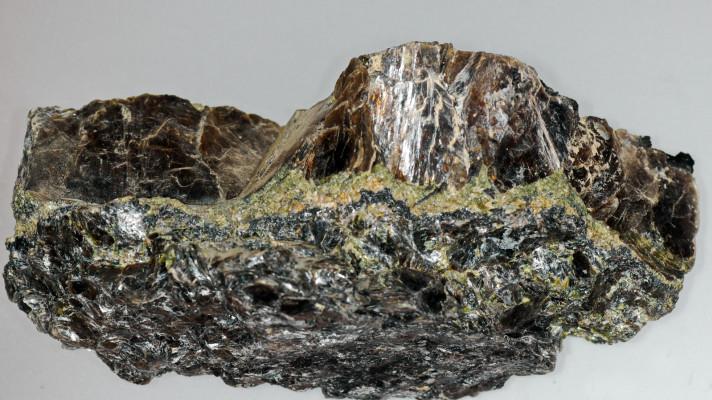Nauru - tichomořský fosfátový ostrov
The mining of phosphate on the island of Nauru, located in a remote corner of the Pacific Ocean, has devastated the island environmentally and has created financial, legal, and cultural problems for the islanders. The phosphate is used as a fertilizer around the world and the majority of it has been exported to Australia. The mineral is located among the ancient coral reefs found underground. Mining the phosphate, however, destroys the vegetation and soil of the island. Phosphate is the primary basis for the economy, and with the depletion of the mineral, Nauru is left with nothing to trade. Thus, the island faces virtual economic collapse. Today, Nauru's problems are becoming increasingly acute, as the phosphate on the island has been exhausted, and mining has virtually ceased. As such, the government of Nauru is looking into the question of responsibility for the ecological disaster raging on the island, and is looking into ways to rehabilitate the island.
HISTORY:
The story begins in 1908, when the Germans, then in control of Nauru, began to mine the large deposits of phosphate located there. The island fell into the hands of the Australians after their soldiers liberated Nauru in the early months of World War I. The League of Nations subsequently set up a mandate system than Australia, Great Britain, and New Zealand administered together. These three states then set up the British Phosphate Commissioners to deal with the mining operation. In 1942, the Germans seized and occupied Nauru. After World War II, Australia became the chief administrator of the United Nations Trusteeship that included Nauru until independence for the island was granted in early 1968.
Nauru's phosphate can be described as a cash crop, because it is the only resource with which the island can sustain an economy. Nauru exports the majority of its phosphate to Australia, which uses it as a fertilizer because its soils are poor for agriculture.(2)
The type of phosphate found on Nauru and a few other Pacific islands, which is a combination of limestone and guano, is part of a larger grouping called phosphate rock. The majority of phosphate rock can be found in large beds of marine sedimentary rocks, but can be found in other areas. Much of the world's phosphate rock comes from the United States (Florida, North Carolina, and Tennessee) and Russia's Kola Peninsula. Smaller deposits are found throughout North Africa. Phosphate rock formed primarily from guano, such as that found on Nauru, plays a smaller role in terms of worldwide supply and demand. Nonetheless, the Nauru deposits, producing 2 million tons yearly, are important to local customers Australia and New Zealand in terms of providing phosphate fertilizer for croplands (especially wheat and barley) and pastures (cattle grazing).
Phosphate mining on Nauru generally occurs in the interior, which is a central plateau commonly called "topside". The phosphate is actually a composite of two materials which have combined and solidified over the eons: decayed oceanic microorganisms and bird droppings. These elements intertwined with the coral and limestone that forms the island, and extraction of the phosphate left behind deep pits and tall pillars, some as high as 75 feet. This creates a moon-like scene, which contributes to the incultivable and uninhabitable atmosphere. Four-fifths, or 80%, of the island is a barren wasteland, with the residents living on a narrow strip along the coast.
Result of the mining, the vast majority of soil and vegetation has been stripped away. This prevents agriculture from taking place, and makes it very difficult for a viable ecosystem to establish itself and to flourish. In addition, the combination of a pillar and pit landscape on Nauru and the loss of vegetation creates a very hot interior, such that rising hot air prevents rain clouds from settling over the island. This contributes to frequent droughts, exacerbating an already difficult problem.

ZDROJ:www.american.edu,Wikipedia, kráceno,uoarveno
